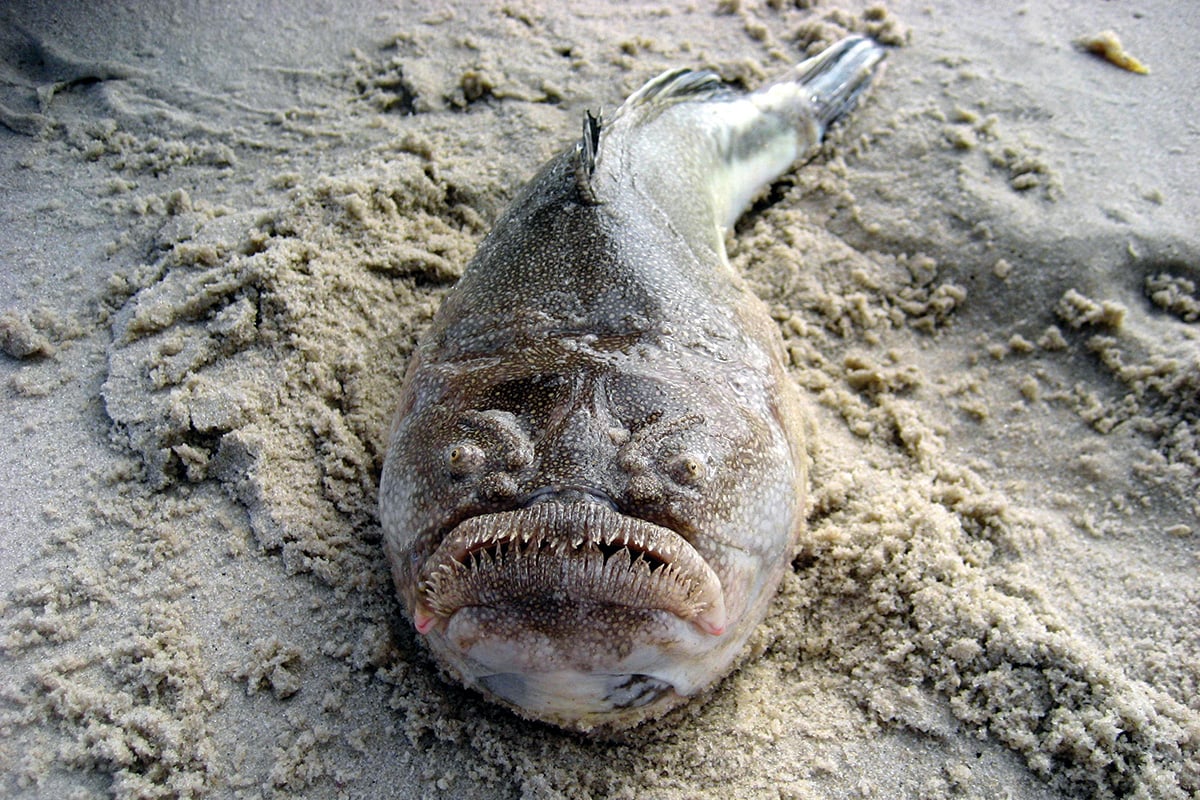
Northern waters don’t offer the great variety of species found in Florida and other warm water areas, but there’s a lot more available to us than most anglers realize. Many fall into the general category of “trash fish,” but most are actually good-eating.
The inspiration for this article came from a slide I’ve shown many times during presentations at fishing clubs. It’s of a fairly common fish caught on wrecks not far offshore. Yet, no one has ever identified it at any of those clubs. The sea raven is a member of the sculpin family, but quite different from the drab and skinny longhorn sculpins (commonly called hackelheads) that are also caught from those wrecks. The local name is very descriptive of those sculpins with sharp projections on their gill covers which make them difficult to remove from a hook without getting cut. The sea raven looks even more dangerous to handle with its large colorful fins, but in fact everything is soft! It can be handled without fear, but does have small teeth.
Sea Raven
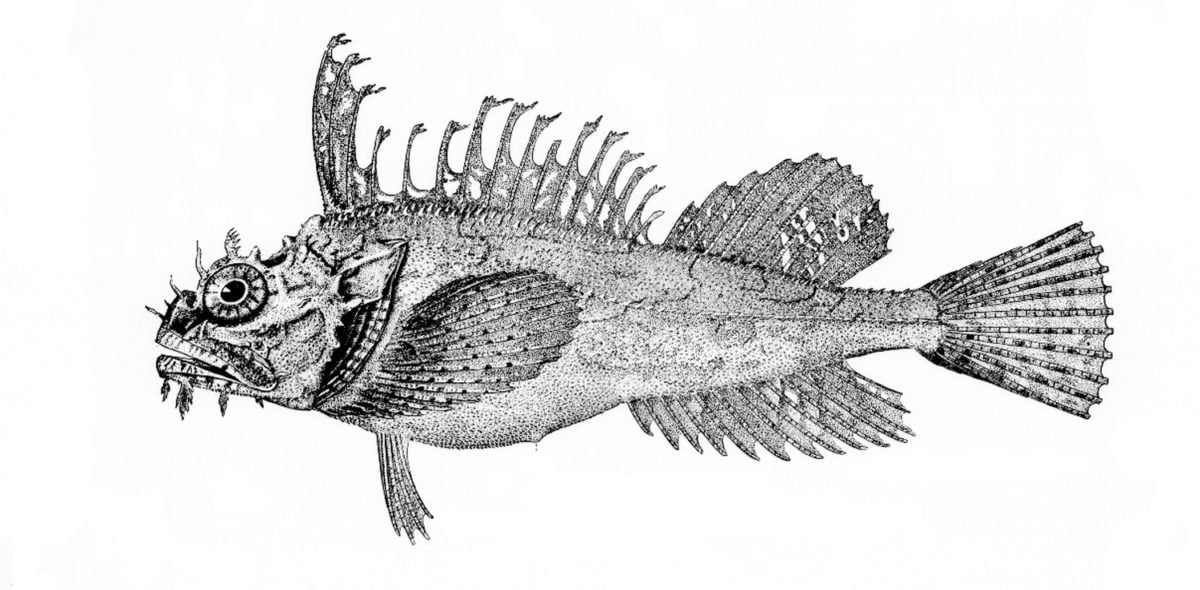
I’ve also caught sea ravens while drifting for cod on rough bottoms off Block Island, and they are additionally found in similar areas well to the north in the Gulf of Maine. Though a fairly common catch on party boats, I’ve never seen any quantity of them come aboard — just one or two. Sea ravens don’t put up much of a fight, but often feel bigger than they are by filling up with water or air just as a blowfish does. They are generally only a pound or two, but can grow to 7 pounds or more — and are edible.
Ocean Pout

Though it’s said that beauty is in the eye of the beholder, I doubt if there’s anyone with anything good to say about the ocean pout. When I first started party boat fishing out of Freeport, Long Island, that ugly fish was called conger eel. It was decades later before I realized that the true conger was the fish we’d been calling silver eel. There were a few people who kept the pout and considered them to be tasty — and they could count on getting plenty of donations to their fish bags from most of the other customers on the boat.
Yet, what is seemingly the ultimate trash fish has been a protected species since 2009. There’s certainly no scarcity of pout on wrecks and rough bottoms offshore, but hadn’t been able to find an official reason for that until Jen Goebel of NOAA Fisheries did some research. It turns out that a recovery plan was put into effect in 2014, but the 2015 Assessment showed them to be at just 6 percent of the target biomass. Despite years of no retention, the 2017 Assessment had them down to 5 percent.
When I fished one day last spring on the Jersey based Barb Gail, we quickly limited on sea bass at a wreck before switching to winter flounder on rocky bottom. Dos Santos told the party not to use clams after that move in order to hopefully avoid pout. Instead, we used small Gulp! swimming mullet to add our two-flounder limits, but not before releasing a lot of very hungry pout from about 3 to 6 pounds. NOAA Fisheries may be getting their data from trawl surveys, which aren’t efficient in sampling fish that live in heavy cover, and might get an entirely different picture of the ocean pout stock if they surveyed grounds where they really live.
Conger/Silver Eel
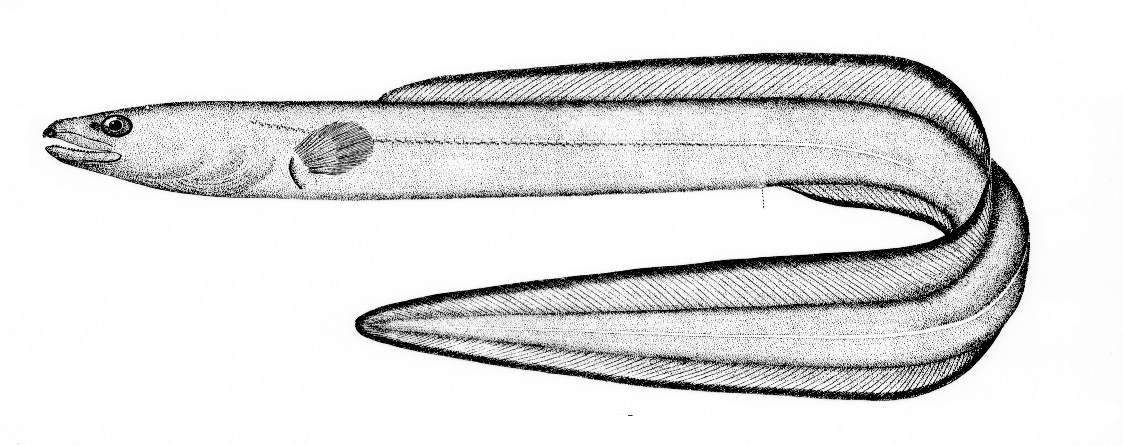
The conger of the eastern Atlantic seems to grow much larger (to almost 150 pounds) than those on the western side and are a major sport fish in Europe. The silver eel here is most abundant after storms as the swell drives them out of their habitat inside wrecks. I thought they were strictly an offshore species until Tony Arcabascio caught one in Raritan Bay while striper fishing. Since then I’ve also caught one at Romer Light, and several mostly small ones at Shrewsbury Rocks, including a 44-inch, 9 pounder while fishing bunker there for stripers in 2006.
Goosefish/Anglerfish
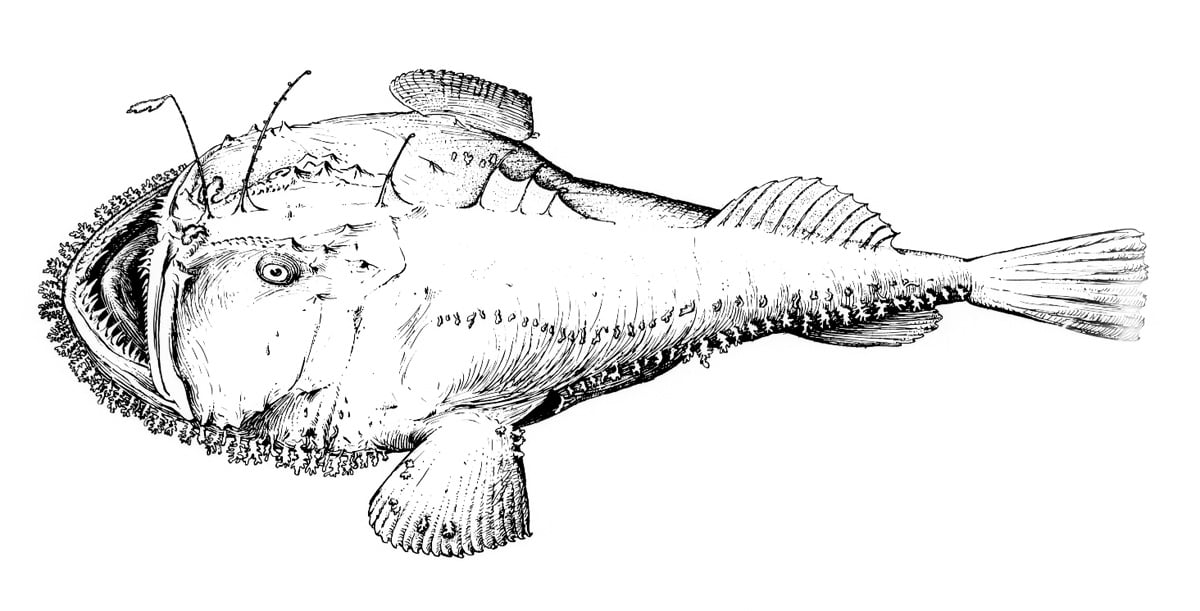
Most fisherman are now probably familiar with the anglerfish, even though it may be under another of its names such as goosefish and monkfish. This bottom dweller sports a fleshy tab (called an esca) on top of its flattened head to lure fish before they’re sucked in. Another of their common names in the past was allmouth, which is a good description of a fish that can actually eat fish larger than itself by holding them inside with inward-curving teeth. The jawbone of that fish makes an impressive trophy. They picked up the goosefish moniker from their habit of dragging under birds who float with one leg hanging down. However. I’m not aware of what they did to the clergy to end up as monkfish in restaurants. You’ll never see an angler in the fish market due to their appearance. They’re always cleaned at sea, and all that’s displayed is the skinless white tail section. The liver has become even more valuable to commercial fishermen when it’s shipped to the Orient. Surprisingly, there’s a recreational regulation on the angler in NY – a 17-inch minimum or 11-inch tail.
Anglers are a very occasional catch from such a wide variety of places that I can remember every one I’ve encountered, including one while night whiting fishing from the old Hanger Pier at Montauk; trolling a bucktail jig on wire line in Jones Inlet; and a 42-pounder on an umbrella rig at Shark Ledge off Block Island while trolling for pollock with wire line on June 5, 1977.
When it comes to ugly, the stargazer is a contender for inshore bottom fishermen and surfcasters. The name is appropriate because that fish has its eyes on the top of its head, along with an upward-pointing mouth that snaps up fish as the stargazer shoots out of the sand. I can always tell from a distance when a surfcaster has hooked a stargazer. First there’s the rod bent in half until the short fight is almost over. Then there’s the angler staring down at his line in the wash with no sign of the fish he had fought since the stargazer has buried itself in the sand at his feet! Though they’re solitary fish, stargazers are quite common in the surf. I’ve caught up to four in a morning on the Jersey Shore while casting a variety of lures and baits for fluke and stripers, but also none some years. Though most stargazers weigh only a few pounds, they may grow into the teens and present a problem in handling because they can produce an electrical shock if touched on the top of the head. A De-Hooker is the best bet to deal with them, but they can be picked up under the belly while avoiding their small sharp teeth. Most fishermen are only concerned with getting rid of them, but stargazers are actually edible. Capt. Bob Veras was fishing for stripers off Sandy Hook a few years ago when he boated a large stargazer and decided to take it home. As it turned out, he preferred the stargazer over striper at dinner that night.
Oyster Toadfish
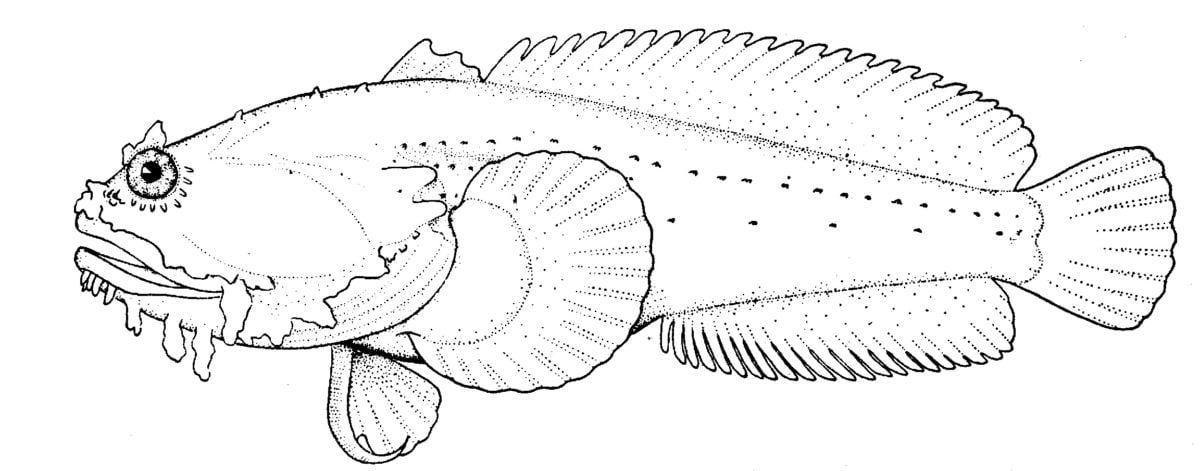
Inshore fishermen have another ugly fish to deal with at times. The oyster toadfish is a small, scaleless and usually yellowish species with a flattened head and eyes pointed up so they can feed like stargazers and anglerfish. They have small, strong teeth and sharp dorsal fins, but can be gripped under the belly. Few fish other than eels can live out of water longer, and they can survive even in polluted waters. Toadfish were my big game as a kid fishing off docks in Merrick, Long Island with a cane pole, but I never brought any home as I knew my mother would never allow such an ugly fish in the kitchen. Yet, a few years ago I was reading a summary of N.C. commercial landings and average prices per pound and was shocked to find that toadfish were second in price only to bigeye tuna. New York then adopted both commercial and recreational regulations on that “trash fish.” The current recreational rules are a 10-inch minimum, with a bag of three from May 16 to July 14. Back bay areas and docks are likely places to catch a toadfish, but I also caught two one day last summer while drifting sand worms for stripers in the East River. I’ve caught others on bunker chunks in the Hudson River.
Spotted Hake
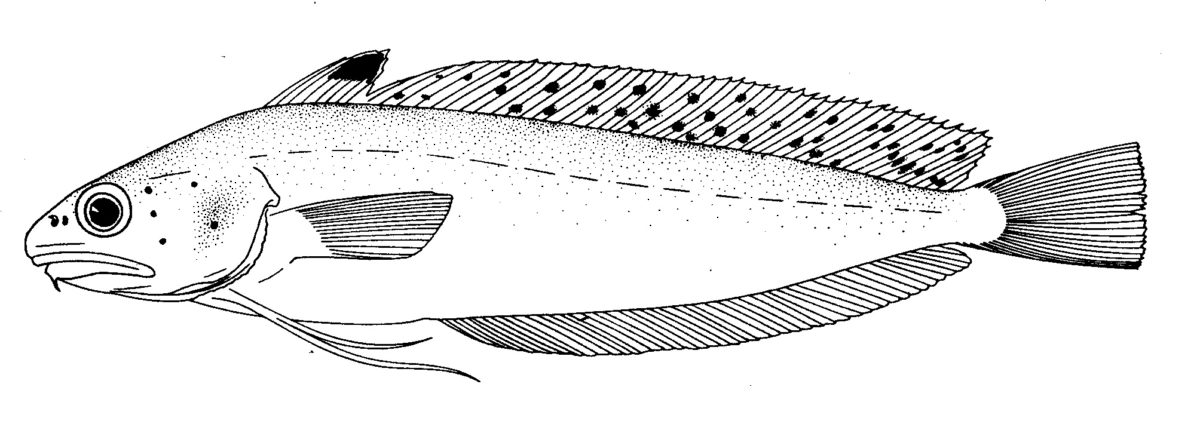
Not all of the odd fish being covered here are ugly. Some readers may have caught what looked to be a strange little ling while fluking in the ocean. Fluke tournament pro Dave Lilly e-mailed last summer about what he thought was a tomcod that hit a dead-sticked bucktail jig tipped with squid in Ambrose Channel. Since tomcod reside in tidal rivers and estuaries without ever being reported from deep waters, I asked him if it had white spots on the side. Sure enough, his cell phone photo revealed the brown midline with tiny white spots of a spotted hake. The few I’ve caught have been while fishing a squid strip with a killie or spearing on long drifts over ocean sand bottoms. Rarely do they exceed a foot in length. Though draggers also catch them, there’s really no market for such a small, though edible, fish. I find it most unusual that the spotted hake is related to the cod in one of the most prolific fish families in the world – the Gadidae. Why it’s so widespread along the Atlantic Coast (even into the surf at times) but scarce everywhere else is a mystery.
Fourspotted Flounder
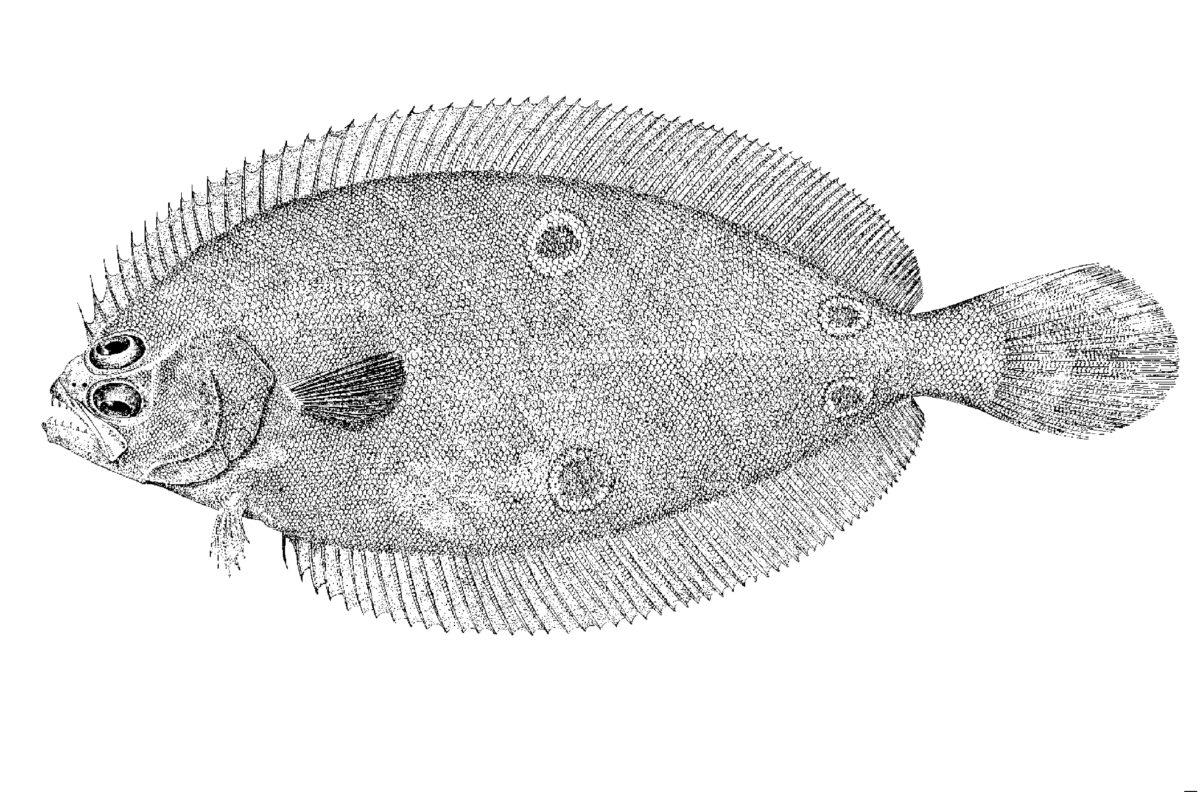
Another occasional catch for ocean fluke fishermen is the fourspotted flounder. It’s a bit more elongated than the fluke and has longer sharp teeth, but is instantly identified by the four prominent black spots on the rear of its dark side, just as with the spotted hake, there are no regulations on this flounder that has a maximum size of about 16 inches but is usually too small to bother keeping.
Windowpane Flounder
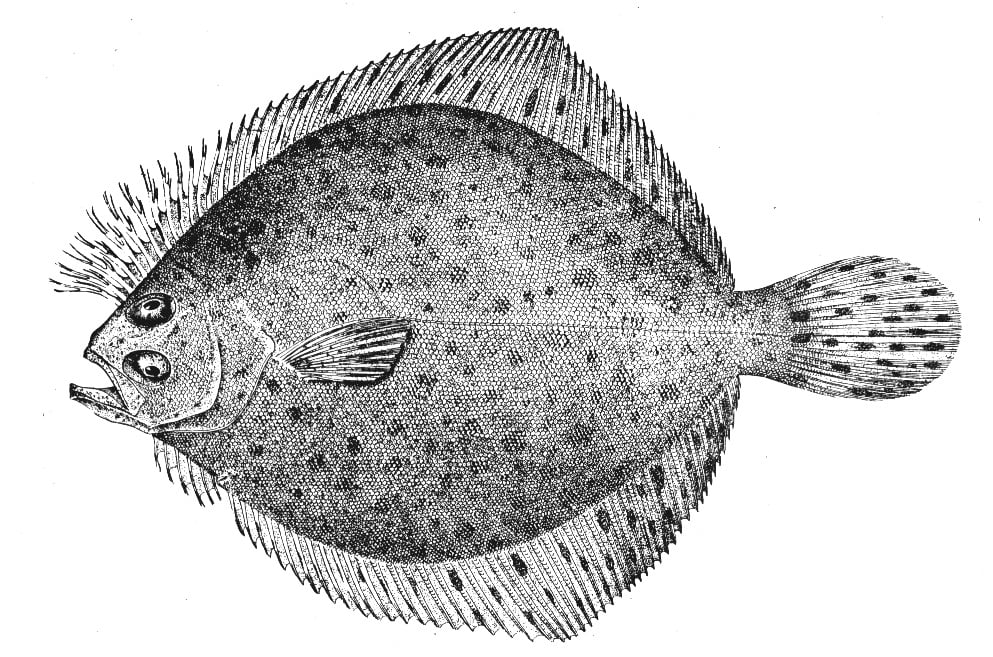
The windowpane flounder (also called sundial) got its name from a body that is usually so thin that by holding it up to the sun, you can look through it. Surfcasters using bait or Gulp! catch lots of small windowpanes early in the summer, and those casting metal plus teasers for stripers in the fall do likewise. Rarely are they big enough for the pan, but Joe Blaze used to keep the larger ones we caught while casting toward the surf from my old Sheri Berri II, and that gourmet considered them a special treat when sautéed whole in olive oil. Though there are no state regulations that I’m aware of, windowpanes are on the no retention list in federal waters. The largest windowpane I’ve ever caught was a 1-3/4-pounder off Monomoy on Cape Cod while trolling an umbrella rig for stripers.
Smooth Skate
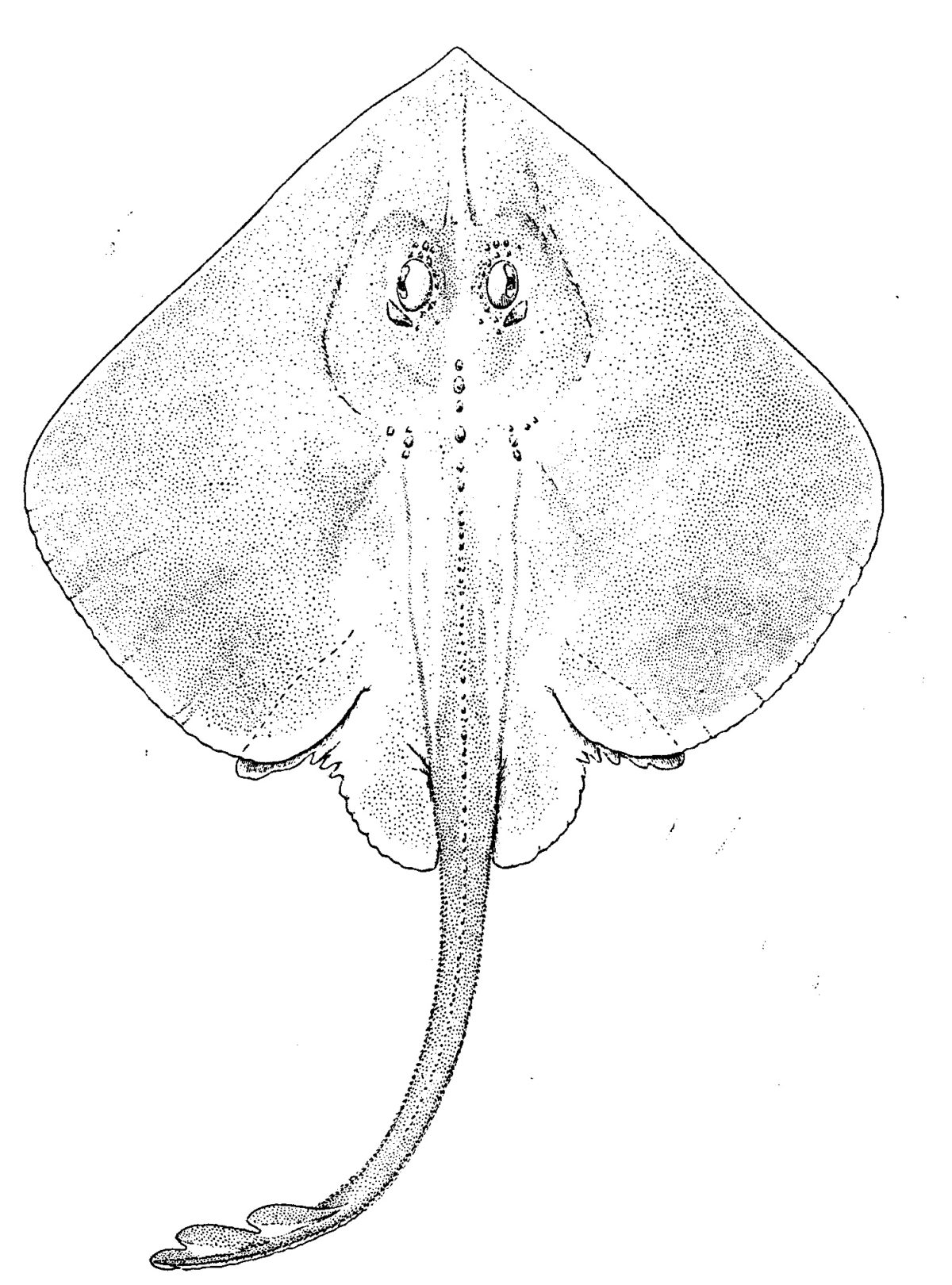
Gourmet meals can also be obtained by using the “wings” from any of the larger skates caught while fishing for other species. There’s often an influx of them on the near-shore lumps when a cold current moves in, and they regularly fool fishermen into thinking they’re fighting a doormat fluke. There are a few skate species that are on the no retention list in federal waters (beyond three miles from shore) – the barndoor, smooth and thorny skates are NOAA Fisheries “species of concern.” The wings of rays are quite different from the skates. The cownose ray has meat more like veal than fish, but NOAA Fisheries has some recipes for them that can be found online.
Striped Sea Robin
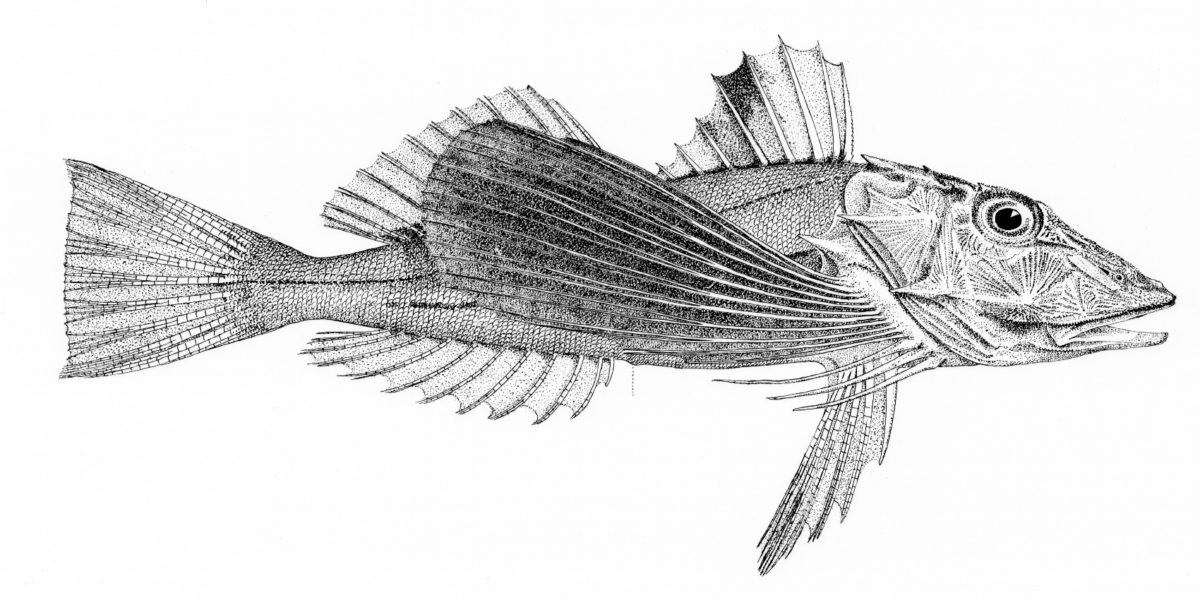
Some of our odd fish are actually so common that they’ll only be noted in passing. The striped sea robin is a colorful fish that fights well and is often stripped for fluke bait. It was also the first party boat fish I ever caught back in 1948, and the captain assured my father it was edible, which turned out to be the case. Yet, most readers have probably never tried this fish that Al McClane provided recipes for in his Encyclopedia of Fish Cookery. The more bland sea robins caught in large numbers by most anglers are a different species – the northern sea robin.
Smooth Puffer
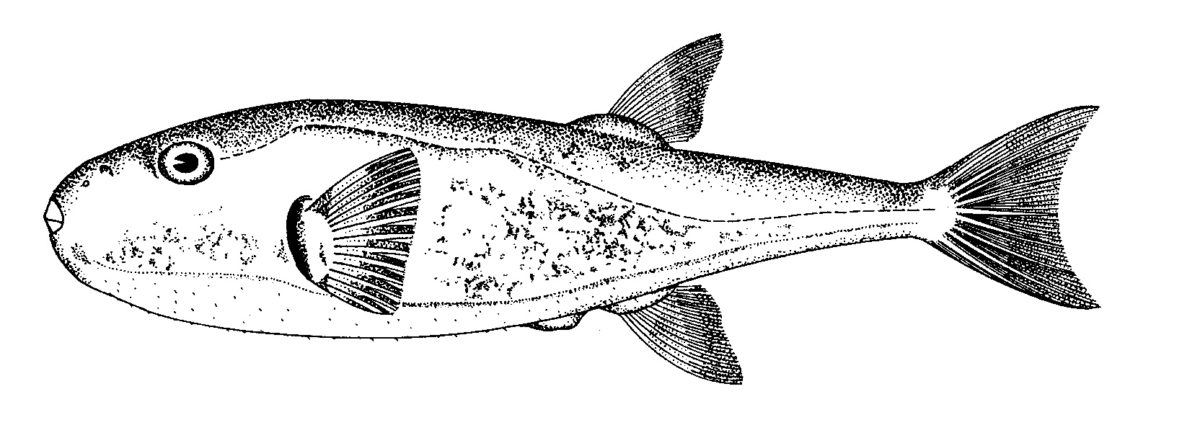
Northern puffers (blowfish) often explode in population, and then virtually disappear for years. They were so abundant when I was getting into saltwater fishing that when one was hooked from a boat many more would follow it up trying to get the bait hanging out of its mouth. They have made somewhat of a resurgence in recent years and are excellent eating, hence their reputation as “chicken of the sea.” Unlike some other members of the puffer family, northern blowfish are safe to eat, except for the toxic internal organs. The jury is out on the edibility of the smooth puffer, a southern species that used to be called rabbitfish when it appeared in the north. After a long absence, there was a showing a couple of summers ago when multiple catches were made along the South Shore. Smooth puffers have a large head and are smooth except on the belly. They grow much larger than other blowfish (up to over 10 pounds), and put up a good fight.



